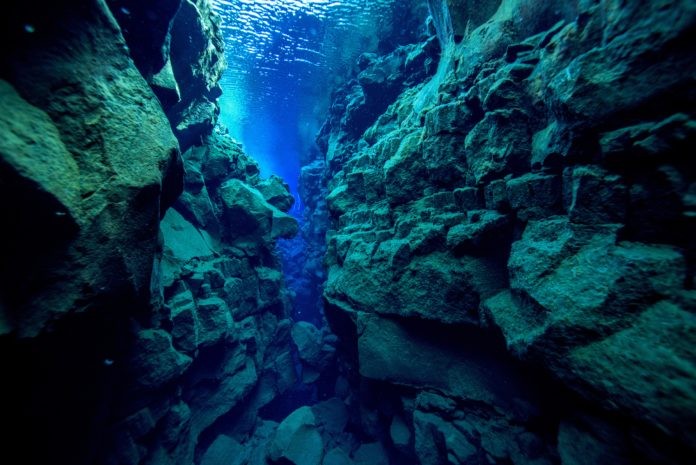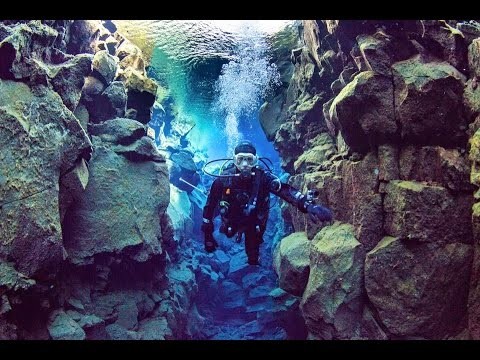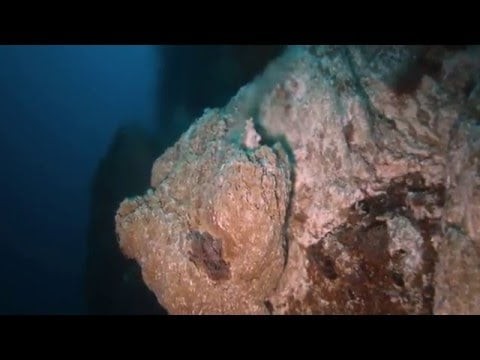Last November while returning to the United States from a trip to mainland Europe, I had a three-day stopover in Iceland. Those three days shattered my previously held beliefs of Iceland. Having arrived from a nice sunny 20°c Barcelona, experiencing a cloudy 6°c Reykjavik was a big change. It felt cold. A few days later the temperature dropped to below 0°c, and the mountain across the bay changed from gray to white overnight. I spent a few days exploring around Reykjavik and despite the cold, I really enjoyed my visit to the city. The biggest shock was arriving back at a New York City airport and seeing that the temperature was about the same as Iceland. If you look at weather data for January 2018, you will see that Reykjavik and New York City had the same average temperature for the month, 0°c. Reykjavik had a low temperature for the month at -10°c, while New York City hit a low of -15°c. Iceland is not as cold in the winter as I thought.
Location
One of the activities I did was to stop in a local dive center and talk about the local diving. Dry suit diving is mandatory. The water temperature stays around the freezing mark year round. Even snorkeling in the summer is in dry suits. To join a dive, you must show a dry suit certification and proof that you have had a dry suit dive in the last two years. If you are an experienced dry suit diver but was never certified, there is an alternative. You can show proof that you have had ten recent dives. You will also need a dive instructor to verify in writing, that you have done the dives and can safely use a dry suit.
The government of Iceland has some additional restrictions that will impact some divers. You must be 17 years of age or older to dive in Iceland. Additionally, divers under 18 must have a waiver signed by a guardian. Some dive centers will not take 17-year-old divers to certain sites and others require that the guardian dive with the youth.
Each diver must complete a medical self-check form and any question marked yes will require a medical exam. While that procedure is common worldwide, there are some differences with the Icelandic forms. One question asks if you are over the age of 60. If you are 60 or older, you will need a medical clearance to dive.
Four Iconic Iceland Dives.
Let’s talk Ice: While Iceland is considered a part of Europe it is located where the North American and Eurasian tectonic plates meet. In places, there is a gap between the plates. The Silfra Fissure near the base of the Langjökull glacier is one of those gaps. Water from the glacier has filled the fissure and created what is considered one of the top dive sites in the world. The melting ice takes an estimated 50 to 100 years of underground travel to reach the fissure, being filtered all the way. As a result, the water of the Silfra Fissure is some of the purest in the world. No need to rinse your dive gear after diving here. Visibility of 100 meters allows divers and snorkeler the ability to see the deepest parts of the fissure 65 meters down. There is a slight current so the water does not freeze, however, the water temperature stays between 2°c and 4°c year round. Diving here is limited to a depth of 18 meters. Thingvellir National Park, where Silfra Fissure is located, is a few hours drive from Reykjavik.
More Ice. Davidsgjá or David’s Crack in Thingvallavatn. Water flows out of Silfra Fissure and into Thingvallavatn (lake). This dive site is not as well-known and does not draw the crowds that the Silfra Fissure does. However, it has many of the same features. David’s Crack is a fissure within the lake a short swim from shore. The swim from shore has visibility of about 10 meters. However, the visibility within the fissure is similar to Silfra Fissure of about 100 meters. David’s Crack starts at about 10 meters and drops to about 30 meters. The depth of the dive here will be determined by the divers qualifications.
Some fire. Diving the Devil’s Jacuzzi. The Reykjanes Peninsula has a number of lakes and is one most active geothermal areas in Iceland. Reykjanes Peninsula is just southwest of Reykjavik and Keflavík (KEF), Iceland’s largest international airport, is located here. Kleifarvatn is the largest lake in the area and one of the deepest in the country. In the year 2000, a new fissure developed near the lake believed to have been caused by a mild earthquake. The fissure started to drain the lake. It took over a year to stabilized and the lake restored itself in eight years. In 2008, the lake again started to shrink. This time a new hot spring was found within the lake. Devil’s Jacuzzi is the name given by one dive center to the underwater hot springs found in Kleifarvatn lake.
And More Fire! About 400 kilometers from Reykjavik is Iceland’s second largest urban area, Akureyri. Akureyri is located on the north coast at the land end of the fjord Eyjafjörður. There is some outstanding diving near Akureyri. However, the real draw is the hydrothermal vents, Strýtan, about half-way between the ocean and Akureyri. Hydrothermal vents are normally found in water thousands of meters deep. When the mineral-rich hot water is cooled by the ocean water, the minerals it contains are solidified. This process creates a chimney. The depth of the fjord here is over 70 meters, however, the chimney rises to within 15 meters of the surface. The chimney releases about 6000 Liters of 72°C freshwater per minute.
These “Fire and Ice” dive sites are just a few of the places where you can dive. The fjords and open water dives add another element to explore. Most of the lakes freeze over in the winter offering many sites for ice divers. If you are a dry suit diver, this must be your dream destination.



